Costume designing for films is getting bigger and professional. Films like ‘Black’, ‘Zinda’, ‘Rang De Basanti’, ‘Parineeta’ and ‘Bluffmaster’ are examples.
India’s only Oscar has been won by costume designer Bhanu Athaiya for ‘Gandhi’. It was only in 1995 that in India, a film award was instituted for Best Costume and Manish Malhotra became the first recipient of it. Costume designing for films has now become bigger, better and more professional. Projects such as ‘Black’, ‘Zinda’, ‘Rang De Basanti’, ‘Parineeta’ and ‘Bluffmaster’ are just some examples where designers have worked on the comprehensive look of the film.
- One man show: Designer Sabyasachi Mukherjee, who worked on Sanjay Leela Bhansali’s ‘Black’, says, “It is easier to maintain the overall aesthetics if there is only one designer. Two designers may have different sensibilities, creative egos may clash and there are things that you may have to forego.” As for the look in ‘Black’, “Sanjay had shown me certain photographs - he had a certain colour palette in mind. He knew exactly what he wanted, so it made my work so much easier.”
- Complementing each other: Often one character has to complement the other as they may appear in the same frame. Ameira Punvani, who worked on the costumes of all the characters in ‘Bunty Aur Bubli’ except those of Rani and Abhishek, had to make sure that Rani’s mother played by Kiran Juneja didn’t look totally different from Rani. “The clothes had to portray that they had the same genes,” she says.
- Do your homework: While Sabyasachi was shown photographs and was lucky to have Bhansali’s creative team doing research for him, Subarna Ray Chaudhuri who designed the clothes of ‘Parineeta’ had a more challenging task. She would be working on Sarat Chandra Chattopadhyay’s work by the same name but yet the film was to be based in the ‘60s. It took her five months of painstaking research. She dug into personal albums and other visual representations of Calcutta in the 1960s. Says Chaudhuri, “When designing for a film, the connectivity of one character to the other, including the minor characters, has to be kept in mind. Only then can you create a look for the film. For instance, we had to redo the clothes of the extras in the Moulin Rouge scene overnight.” The look is never complete with just doing the clothes - “jhumkas, the kind of chotis, the lace and flowers or even an umbrella the character is carrying adds to the look of the film.”
- Interacting with the stars: That apart, an actor’s interaction with the designer helps a lot. “The tight-fitted achkan that we did for Saif came out of his knowledge of what he had seen his father wear at one point of time,” says Chaudhuri. Incidentally, ‘Parineeta’ was the first film for which Sanjay Dutt gave a costume trial. “Mr Chopra and Dada (Pradeep Sarkar) convinced him.” Loveleen Bains, costume designer for ‘Rang De Basanti’, believes, “Sometimes you have to cajole the actor to understand your point of view. But there are no insurmountable problems.” Chaudhuri adds the most stressful part is the trials. “We had thirteen trials for Vidya Balan before arriving at what would really look good on her!”
- Script requirements: Then there are the special requirements of a script. In ‘Zinda’, Ameira Punvani knew that the script demanded a dark and brooding look. “We had to make sure that nothing looked chirpy and bright. We used brown, grey, black and olive green. It was exciting to create different shades of the same colours for the characters.”
- The real McCoy: The most important thing is to keep it real. “Raj Zutshi is supposed to be a localite in Bangkok . I had to make sure that nothing about his character was Indian,” says Punvani. The same designer who created a very international look for ‘Zinda’ completely changes track when working on the forthcoming ‘Benares’ starring Dimple Kapadia, Ashmit Patel, Urmila Matondkar and Raj Babbar. The film requires her to keep the look Indian.
- Cohesive unit: “The film shows transgressions from the 1980s to 2000,” says Punvani about ‘Benares ‘, “the actors had to look like characters of the film, based in that period.” Designer Bains agrees, “It is very important that I know against what kind of background the characters are going to be placed, what lighting is being used, and what kind of filters the cameramen are going to use. The knowledge is essential to it looking like one cohesive entity.” As Punvani concludes, “The final look is usually a marriage of what the director has in mind, how the actor perceives his character, marrying all that with what the art director and the cinematographer has in mind.”
r_faheem@dnaindia.net
![submenu-img]() MBOSE 12th Result 2024: HSSLC Meghalaya Board 12th result declared, direct link here
MBOSE 12th Result 2024: HSSLC Meghalaya Board 12th result declared, direct link here![submenu-img]() Apple iPhone 14 at ‘lowest price ever’ in Flipkart sale, available at just Rs 10499 after Rs 48500 discount
Apple iPhone 14 at ‘lowest price ever’ in Flipkart sale, available at just Rs 10499 after Rs 48500 discount![submenu-img]() Meet man who left high-paying job, built Rs 2000 crore business, moved to village due to…
Meet man who left high-paying job, built Rs 2000 crore business, moved to village due to…![submenu-img]() Meet star, who grew up poor, identity was kept hidden from public, thought about suicide; later became richest...
Meet star, who grew up poor, identity was kept hidden from public, thought about suicide; later became richest...![submenu-img]() Watch: Ranbir Kapoor recalls 'disturbing' memory from his childhood in throwback viral video, says 'I was four years...'
Watch: Ranbir Kapoor recalls 'disturbing' memory from his childhood in throwback viral video, says 'I was four years...'![submenu-img]() DNA Verified: Is CAA an anti-Muslim law? Centre terms news report as 'misleading'
DNA Verified: Is CAA an anti-Muslim law? Centre terms news report as 'misleading'![submenu-img]() DNA Verified: Lok Sabha Elections 2024 to be held on April 19? Know truth behind viral message
DNA Verified: Lok Sabha Elections 2024 to be held on April 19? Know truth behind viral message![submenu-img]() DNA Verified: Modi govt giving students free laptops under 'One Student One Laptop' scheme? Know truth here
DNA Verified: Modi govt giving students free laptops under 'One Student One Laptop' scheme? Know truth here![submenu-img]() DNA Verified: Shah Rukh Khan denies reports of his role in release of India's naval officers from Qatar
DNA Verified: Shah Rukh Khan denies reports of his role in release of India's naval officers from Qatar![submenu-img]() DNA Verified: Is govt providing Rs 1.6 lakh benefit to girls under PM Ladli Laxmi Yojana? Know truth
DNA Verified: Is govt providing Rs 1.6 lakh benefit to girls under PM Ladli Laxmi Yojana? Know truth![submenu-img]() Alia Bhatt wears elegant saree made by 163 people over 1965 hours to Met Gala 2024, fans call her ‘princess Jasmine’
Alia Bhatt wears elegant saree made by 163 people over 1965 hours to Met Gala 2024, fans call her ‘princess Jasmine’![submenu-img]() Jr NTR-Lakshmi Pranathi's 13th wedding anniversary: Here's how strangers became soulmates
Jr NTR-Lakshmi Pranathi's 13th wedding anniversary: Here's how strangers became soulmates![submenu-img]() Streaming This Week: Heeramandi, Shaitaan, Manjummel Boys, latest OTT releases to binge-watch
Streaming This Week: Heeramandi, Shaitaan, Manjummel Boys, latest OTT releases to binge-watch![submenu-img]() Remember Ayesha Kapur? Michelle from Black, here's how actress, nutrition coach, entrepreneur looks after 19 years
Remember Ayesha Kapur? Michelle from Black, here's how actress, nutrition coach, entrepreneur looks after 19 years![submenu-img]() Remember Heyy Babyy's cute 'Angel' Juanna Sanghvi? 20 year-old looks unrecognisable now, fans say 'her comeback will...'
Remember Heyy Babyy's cute 'Angel' Juanna Sanghvi? 20 year-old looks unrecognisable now, fans say 'her comeback will...'![submenu-img]() Haryana Political Crisis: Will 3 independent MLAs support withdrawal impact the present Nayab Saini led-BJP government?
Haryana Political Crisis: Will 3 independent MLAs support withdrawal impact the present Nayab Saini led-BJP government?![submenu-img]() DNA Explainer: Why Harvey Weinstein's rape conviction was overturned, will beleaguered Hollywood mogul get out of jail?
DNA Explainer: Why Harvey Weinstein's rape conviction was overturned, will beleaguered Hollywood mogul get out of jail?![submenu-img]() What is inheritance tax?
What is inheritance tax?![submenu-img]() DNA Explainer: What is cloud seeding which is blamed for wreaking havoc in Dubai?
DNA Explainer: What is cloud seeding which is blamed for wreaking havoc in Dubai?![submenu-img]() DNA Explainer: What is Israel's Arrow-3 defence system used to intercept Iran's missile attack?
DNA Explainer: What is Israel's Arrow-3 defence system used to intercept Iran's missile attack?![submenu-img]() Meet star, who grew up poor, identity was kept hidden from public, thought about suicide; later became richest...
Meet star, who grew up poor, identity was kept hidden from public, thought about suicide; later became richest...![submenu-img]() Watch: Ranbir Kapoor recalls 'disturbing' memory from his childhood in throwback viral video, says 'I was four years...'
Watch: Ranbir Kapoor recalls 'disturbing' memory from his childhood in throwback viral video, says 'I was four years...'![submenu-img]() This superstar was in love with Muslim actress, was about to marry her, relationship ruined after death threats from..
This superstar was in love with Muslim actress, was about to marry her, relationship ruined after death threats from..![submenu-img]() Meet Madhuri Dixit’s lookalike, who worked with Akshay Kumar, Govinda, quit films at peak of career, is married to…
Meet Madhuri Dixit’s lookalike, who worked with Akshay Kumar, Govinda, quit films at peak of career, is married to… ![submenu-img]() Meet former beauty queen who competed with Aishwarya, made debut with a superstar, quit acting to become monk, is now..
Meet former beauty queen who competed with Aishwarya, made debut with a superstar, quit acting to become monk, is now..![submenu-img]() IPL 2024: Jake Fraser-McGurk, Abishek Porel power DC to 20-run win over RR
IPL 2024: Jake Fraser-McGurk, Abishek Porel power DC to 20-run win over RR![submenu-img]() SRH vs LSG, IPL 2024: Predicted playing XI, live streaming details, weather and pitch report
SRH vs LSG, IPL 2024: Predicted playing XI, live streaming details, weather and pitch report![submenu-img]() IPL 2024: Here’s why CSK star MS Dhoni batted at No.9 against PBKS
IPL 2024: Here’s why CSK star MS Dhoni batted at No.9 against PBKS![submenu-img]() SRH vs LSG IPL 2024 Dream11 prediction: Fantasy cricket tips for Sunrisers Hyderabad vs Lucknow Super Giants
SRH vs LSG IPL 2024 Dream11 prediction: Fantasy cricket tips for Sunrisers Hyderabad vs Lucknow Super Giants![submenu-img]() Watch: Kuldeep Yadav, Yuzvendra Chahal team up for hilarious RR meme, video goes viral
Watch: Kuldeep Yadav, Yuzvendra Chahal team up for hilarious RR meme, video goes viral![submenu-img]() Not Alia Bhatt or Isha Ambani but this Indian CEO made heads turn at Met Gala 2024, she is from...
Not Alia Bhatt or Isha Ambani but this Indian CEO made heads turn at Met Gala 2024, she is from...![submenu-img]() Man makes Lord Hanuman co-litigant in plea, Delhi High Court asks him to pay Rs 100000…
Man makes Lord Hanuman co-litigant in plea, Delhi High Court asks him to pay Rs 100000…![submenu-img]() Four big dangerous asteroids coming toward Earth, but the good news is…
Four big dangerous asteroids coming toward Earth, but the good news is…![submenu-img]() Isha Ambani's Met Gala 2024 saree gown was created in over 10,000 hours, see pics
Isha Ambani's Met Gala 2024 saree gown was created in over 10,000 hours, see pics![submenu-img]() Indian-origin man says Apple CEO Tim Cook pushed him...
Indian-origin man says Apple CEO Tim Cook pushed him...



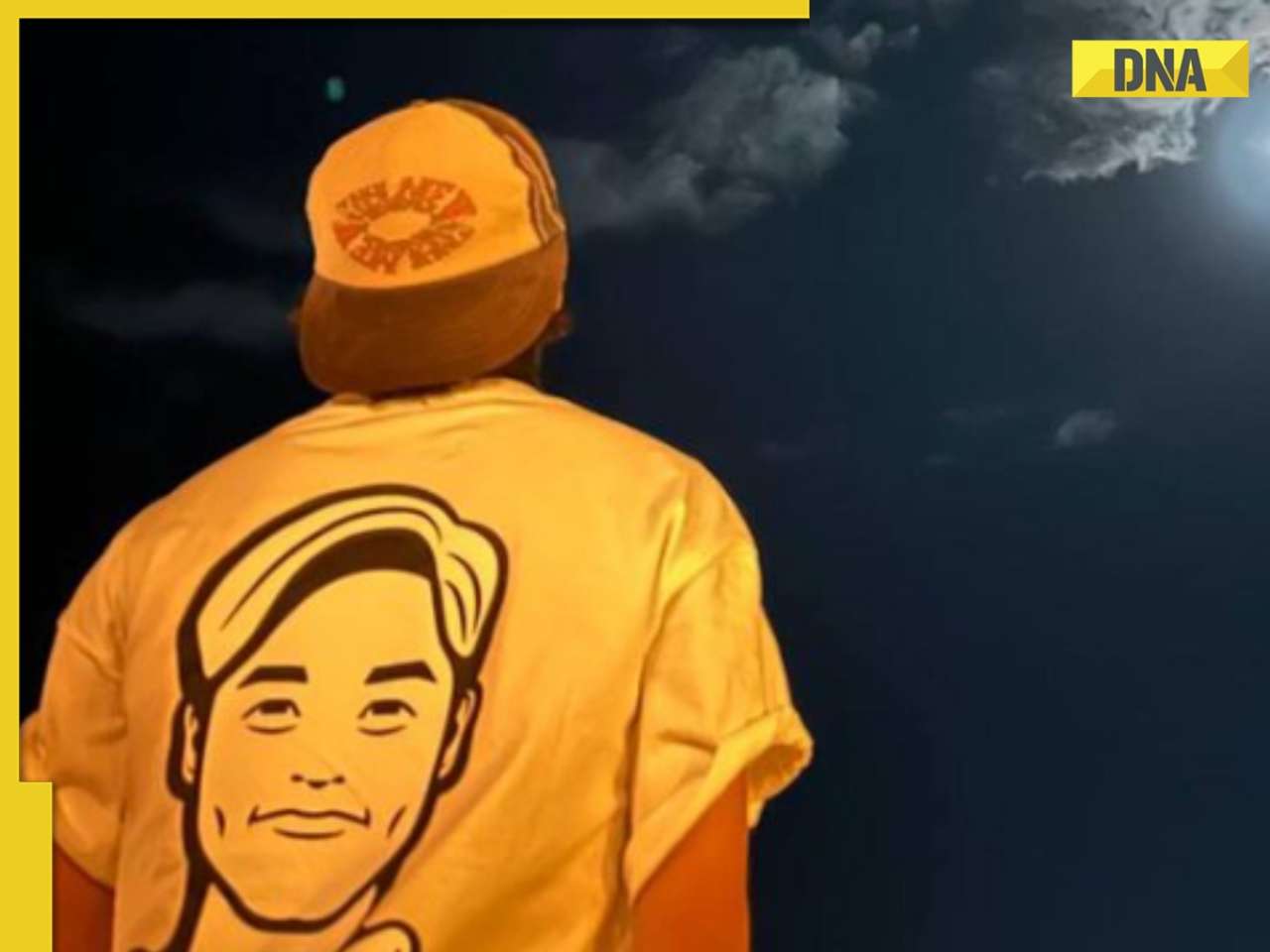
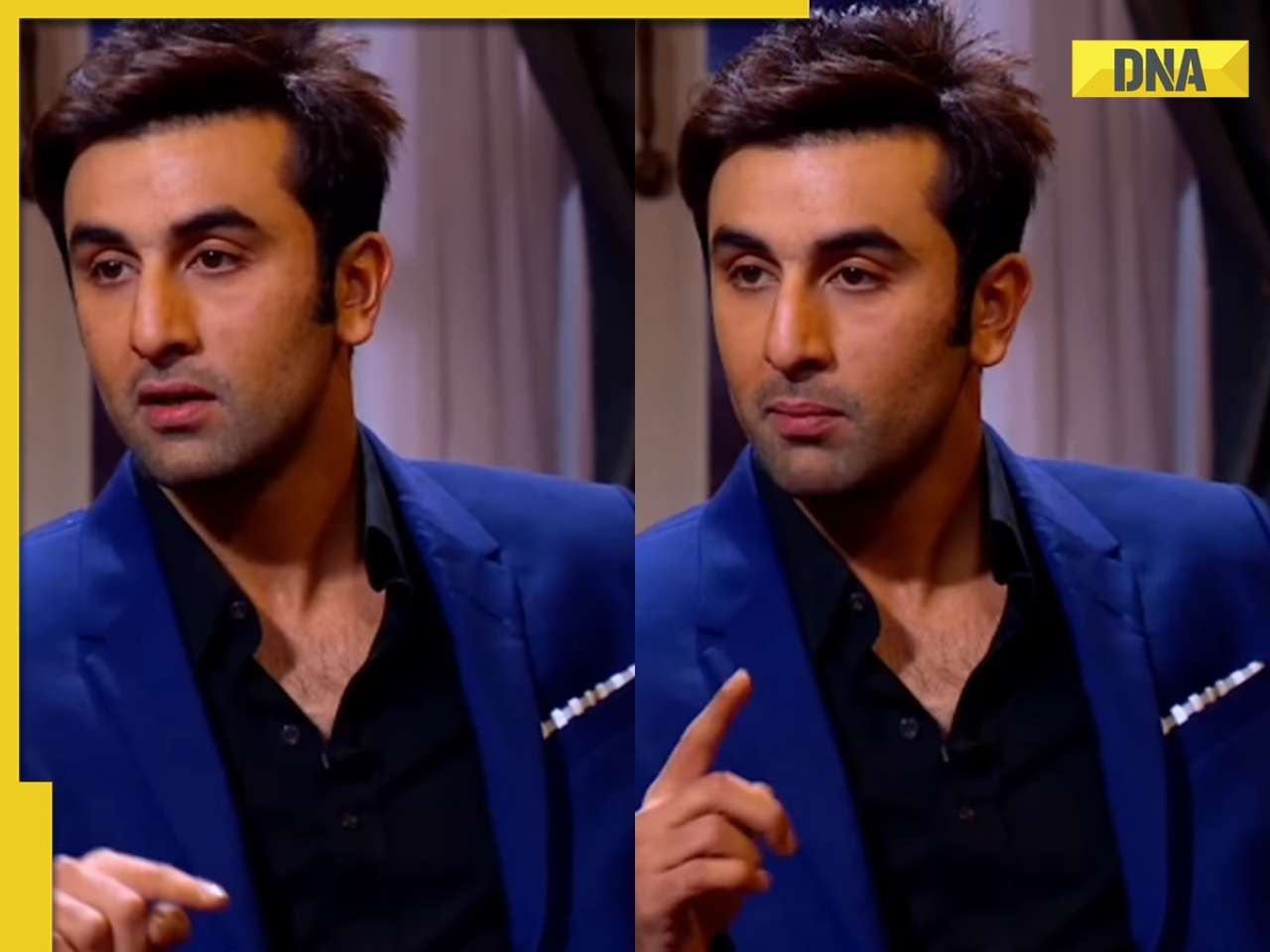




















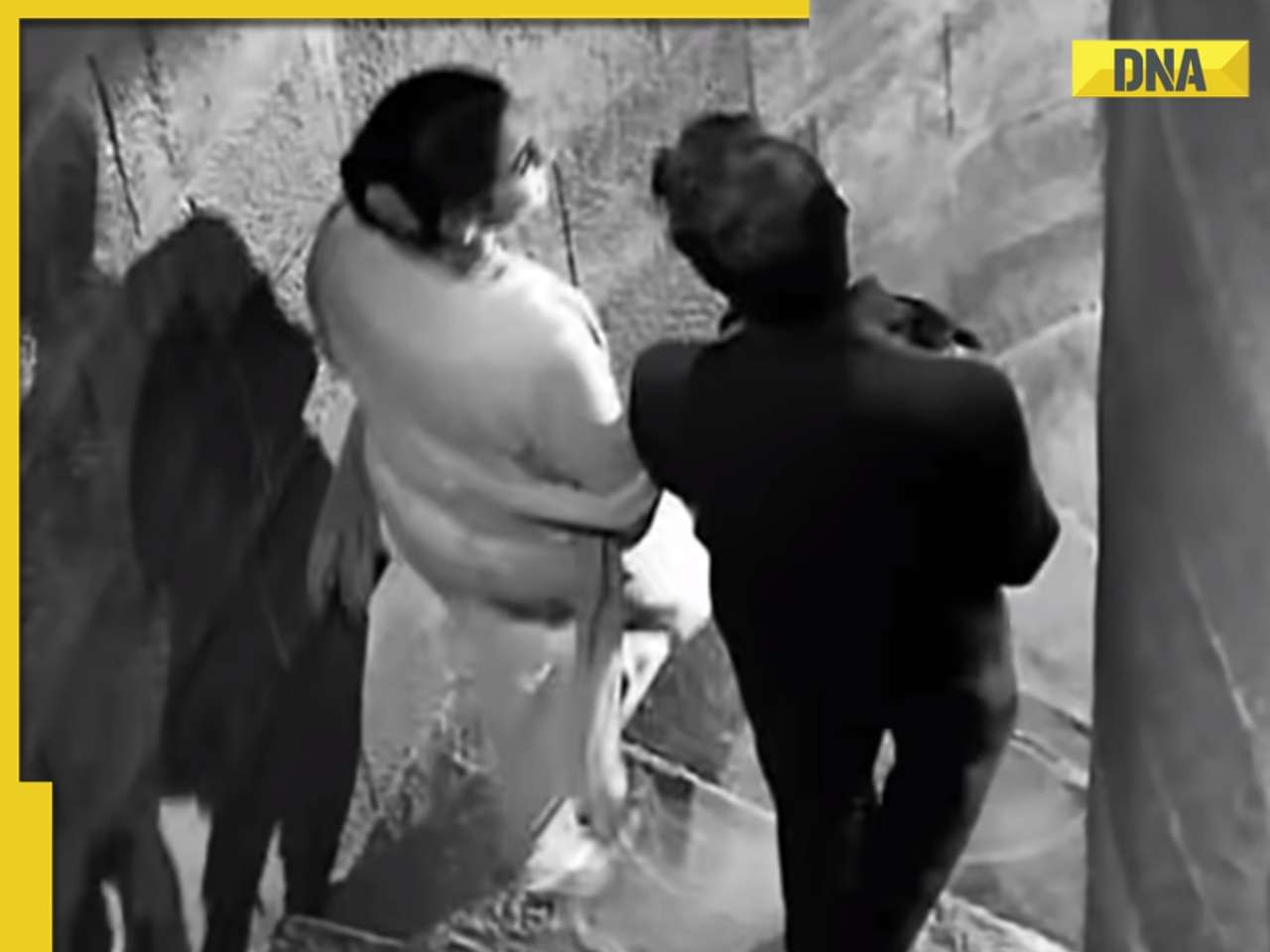
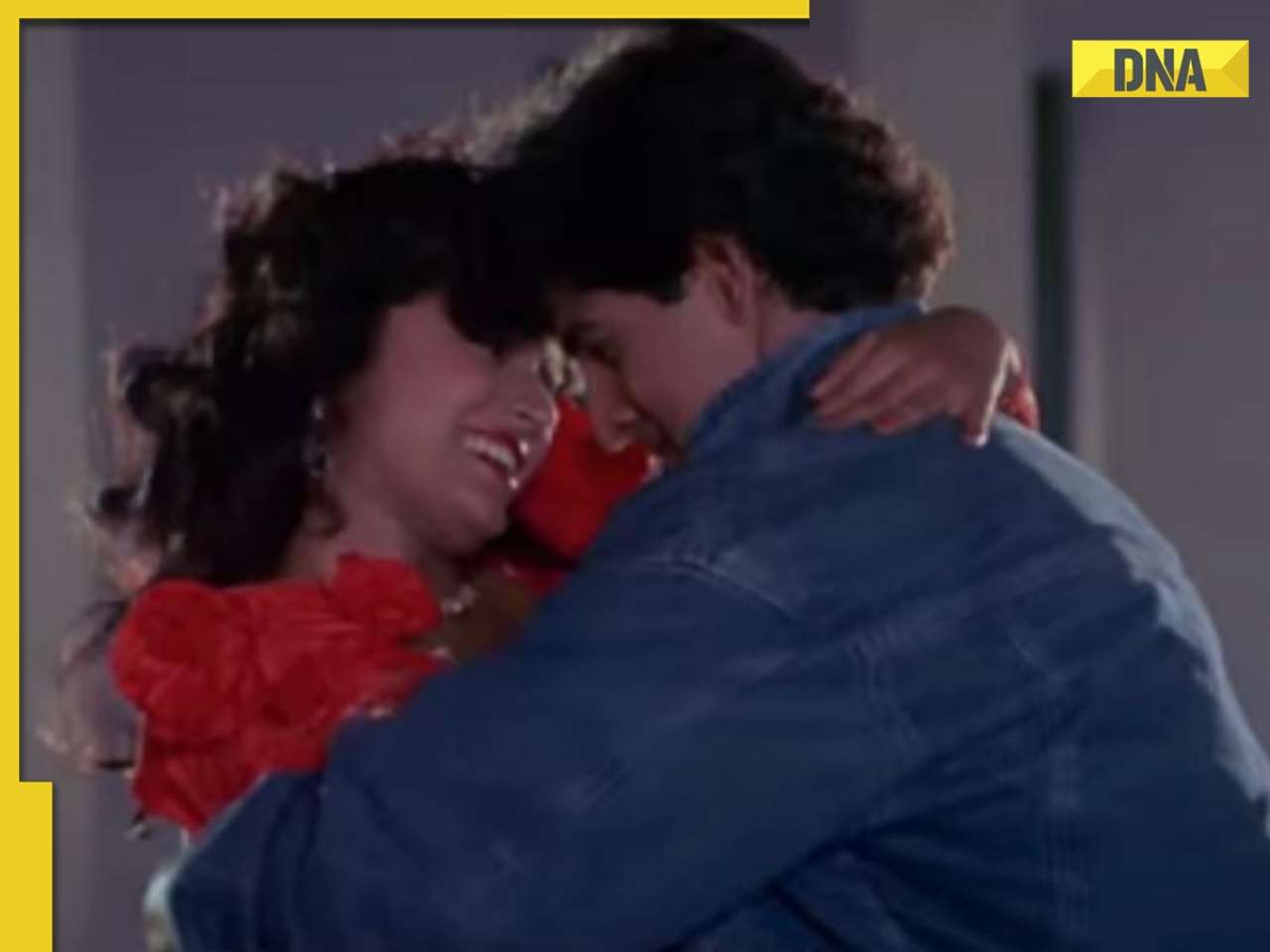



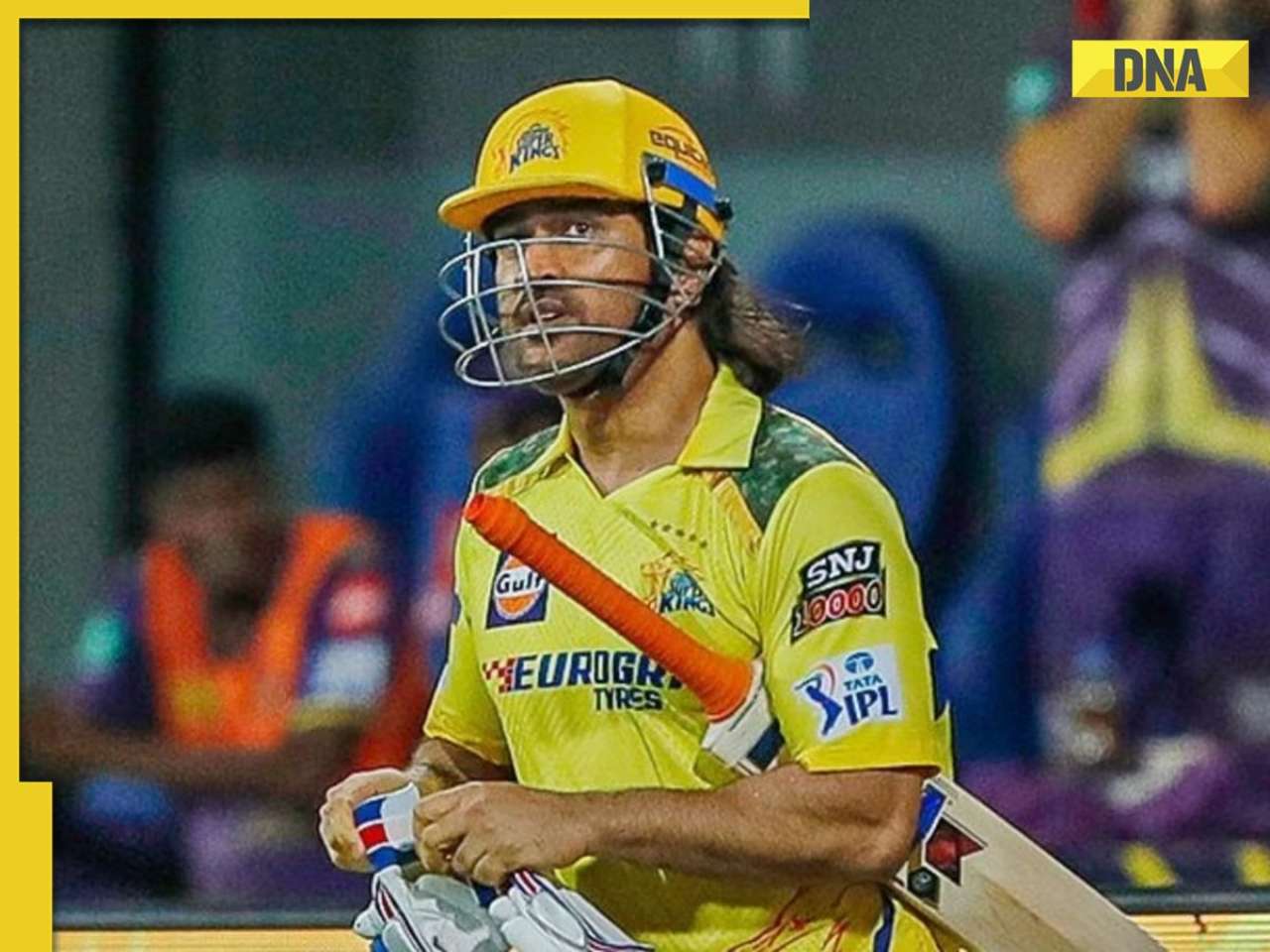
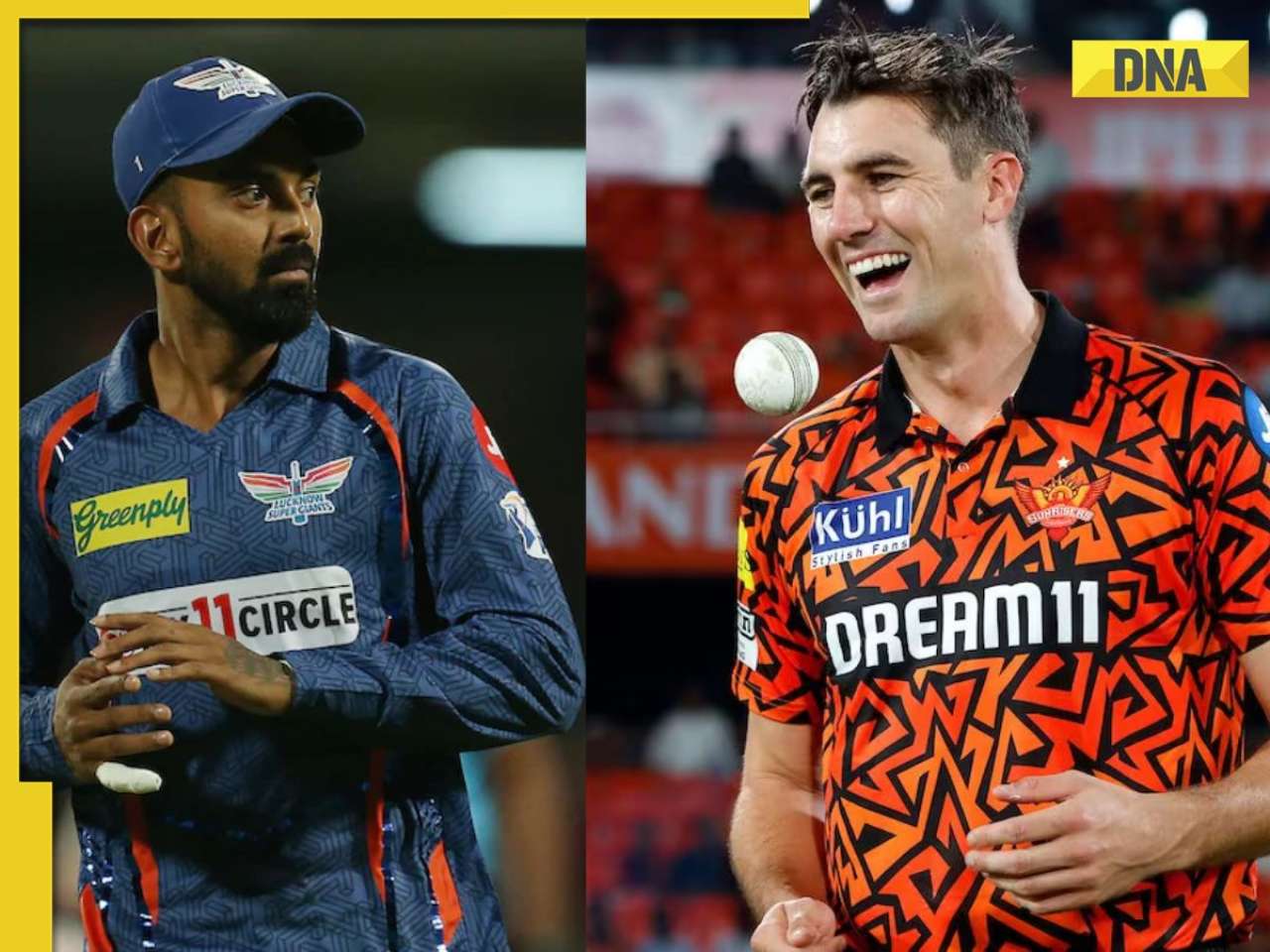
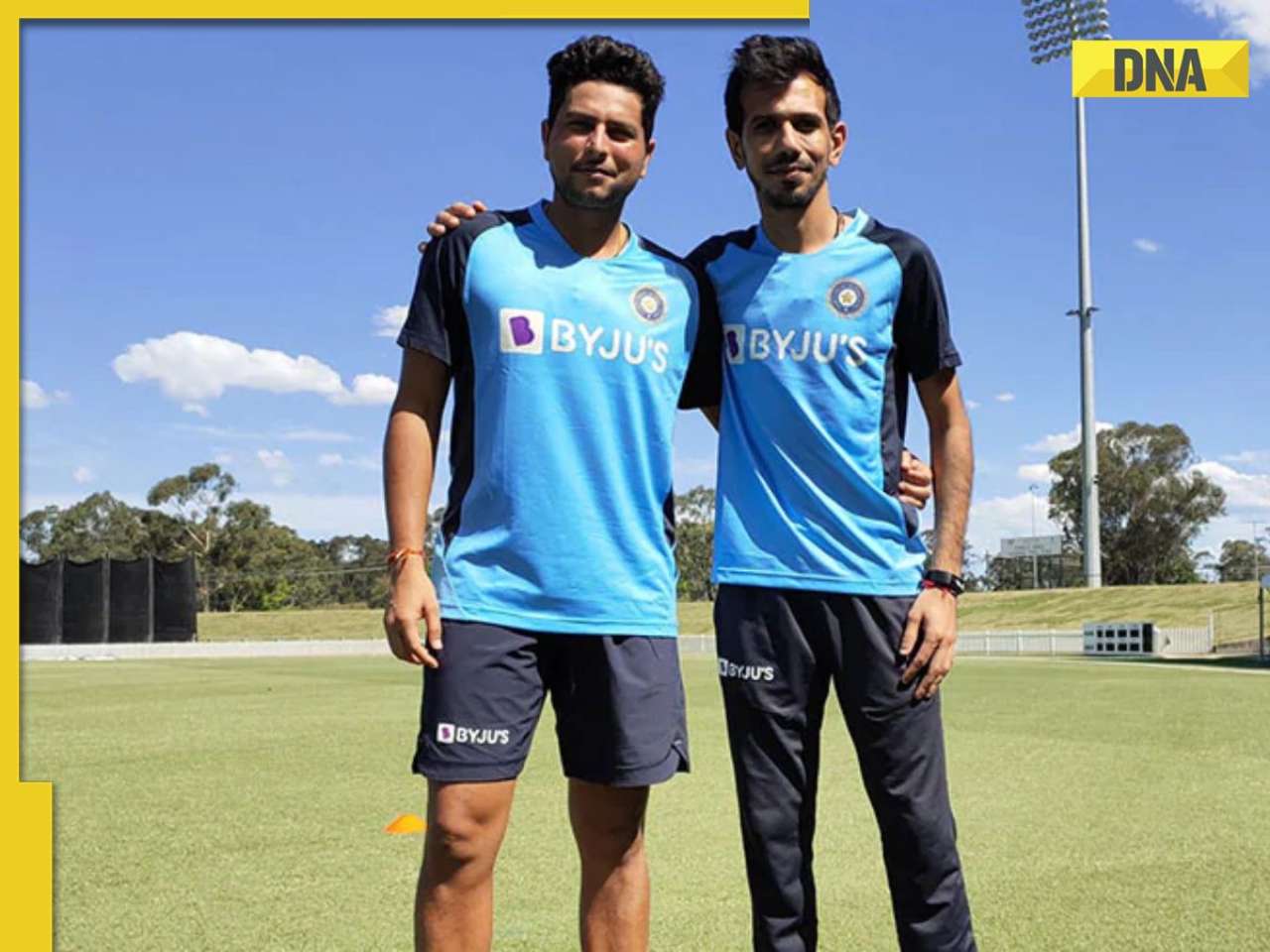
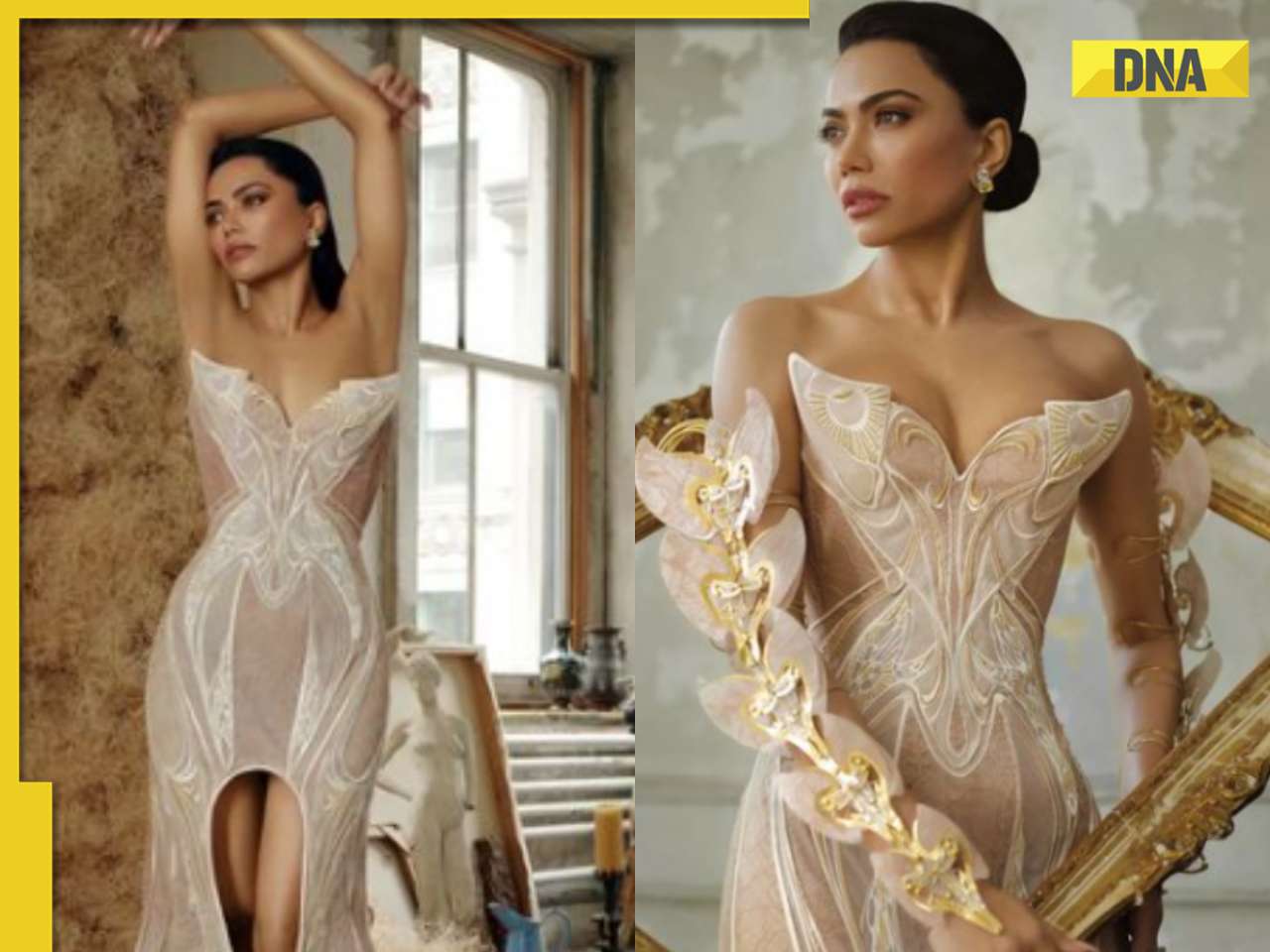





)


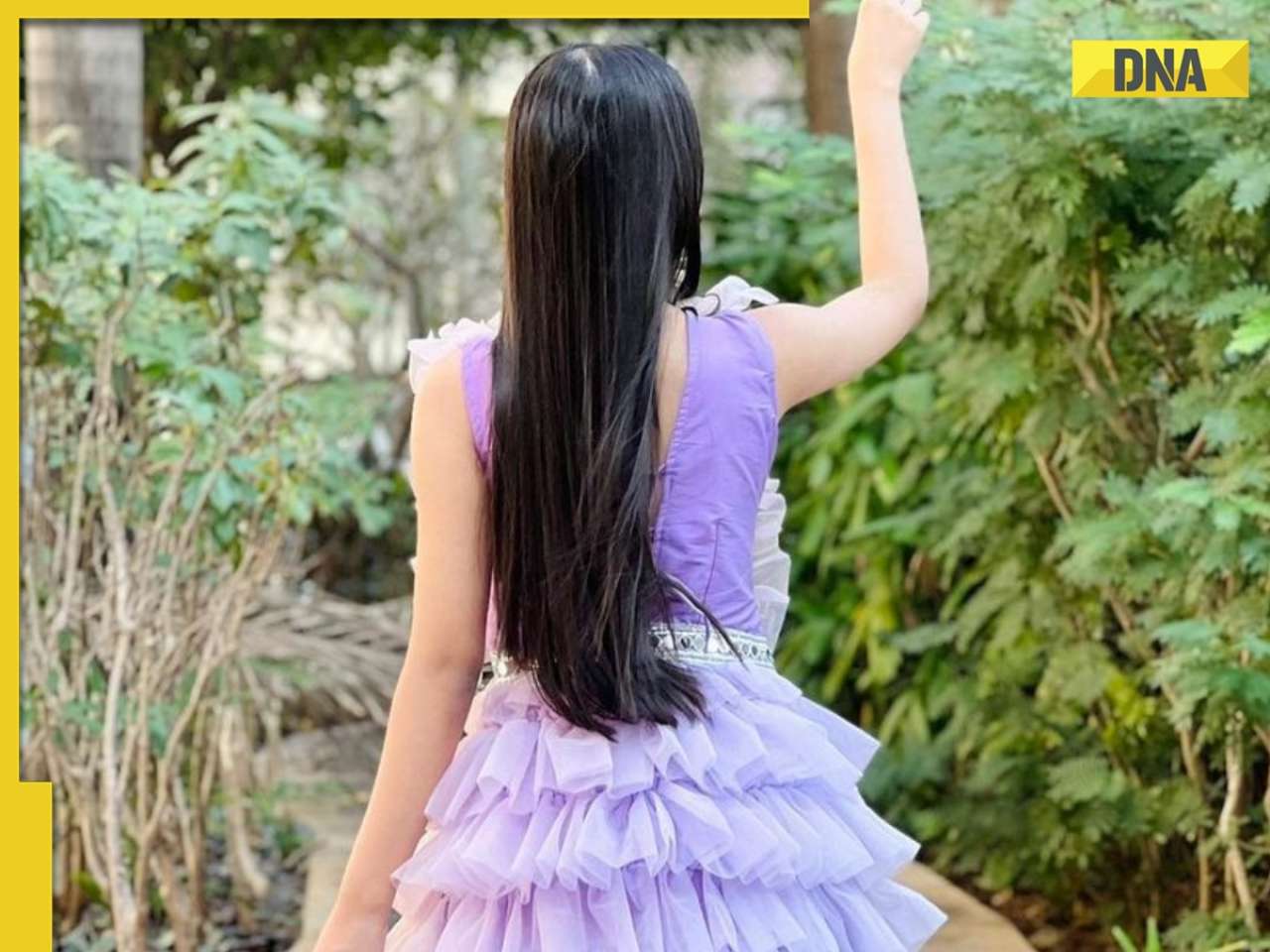






)
)
)
)
)
)